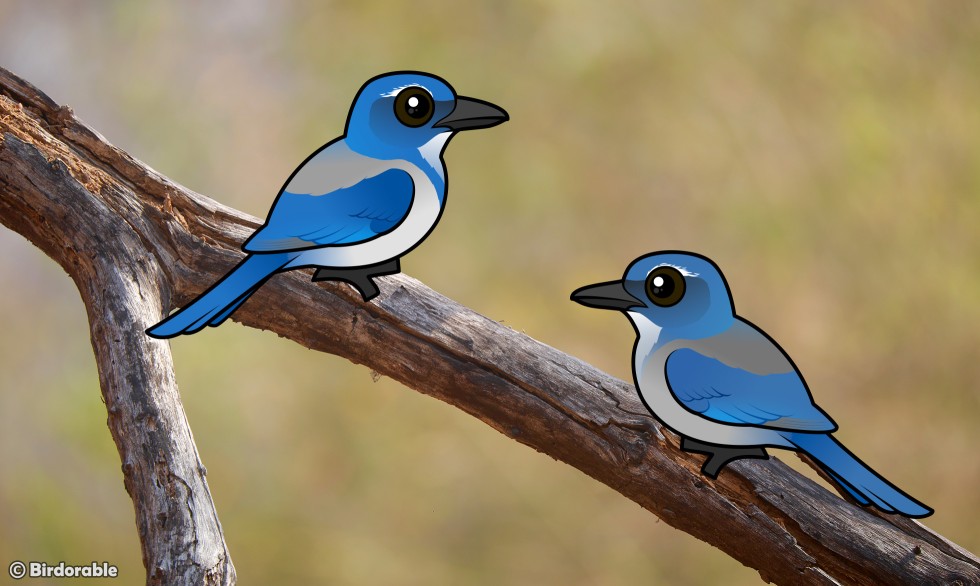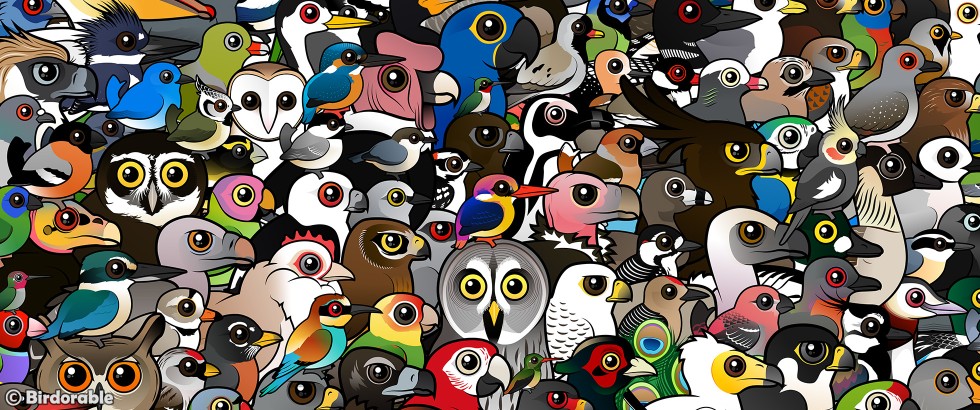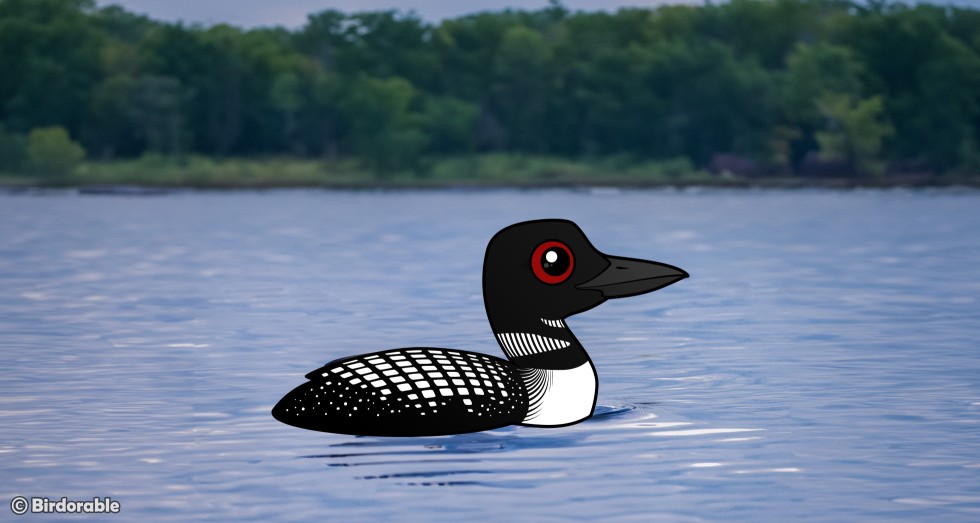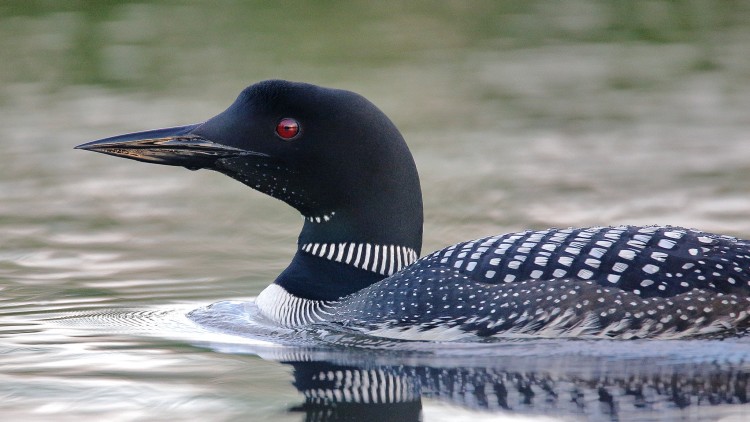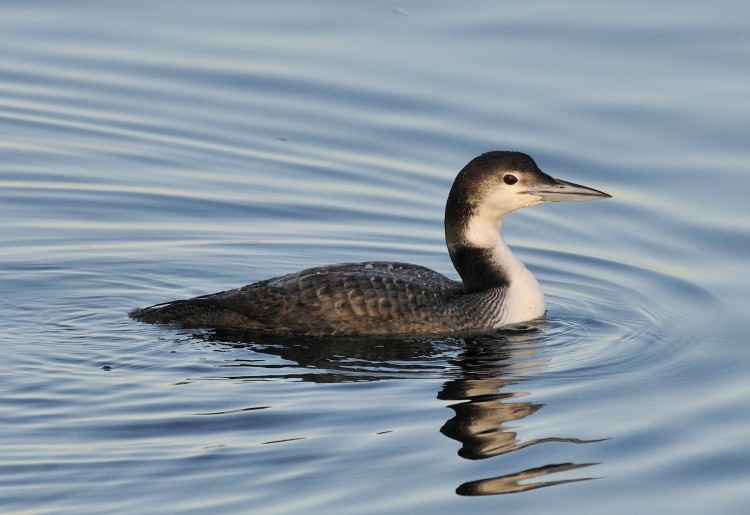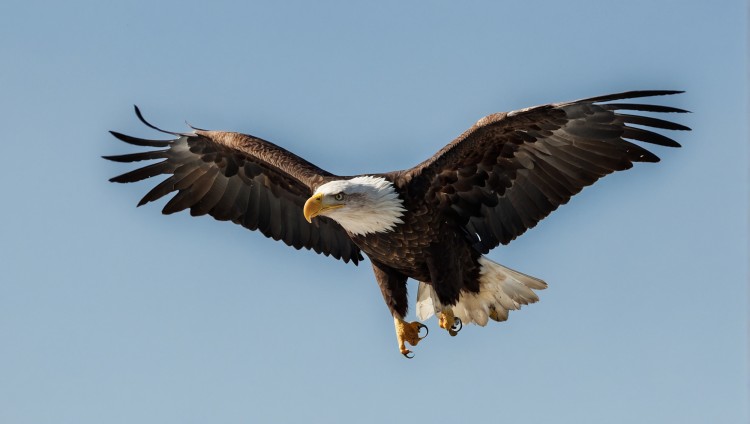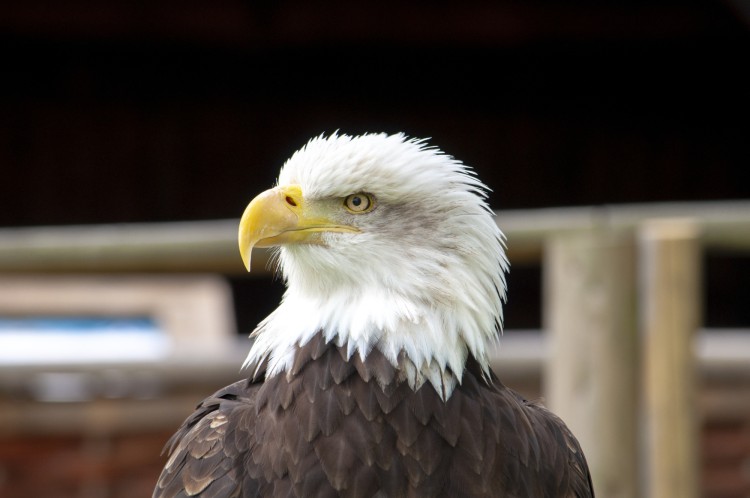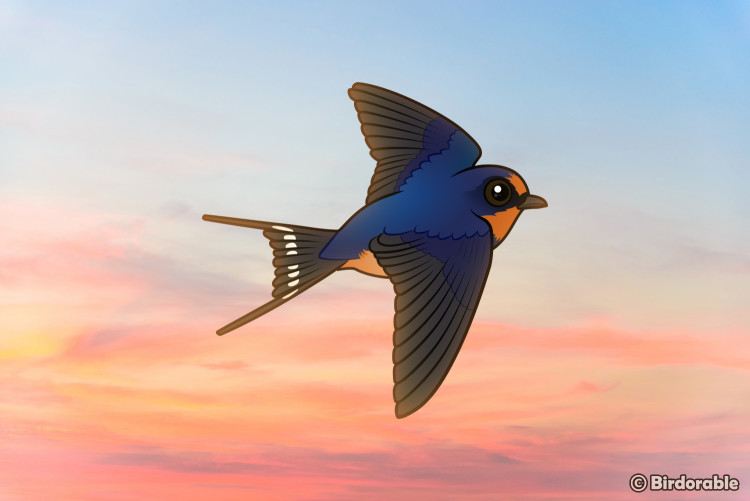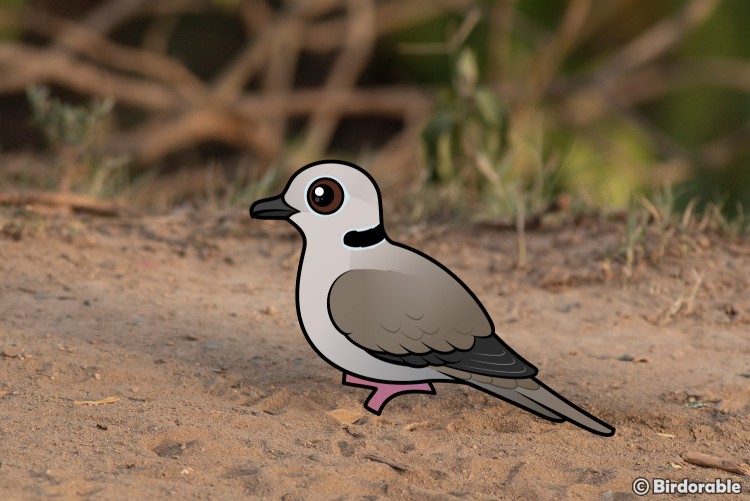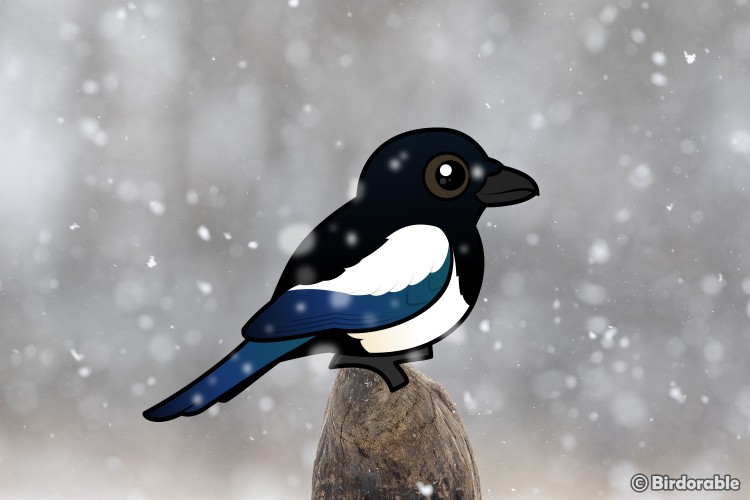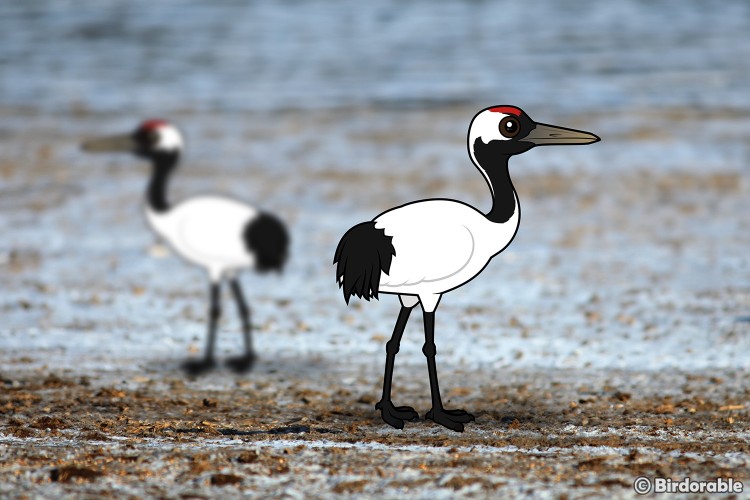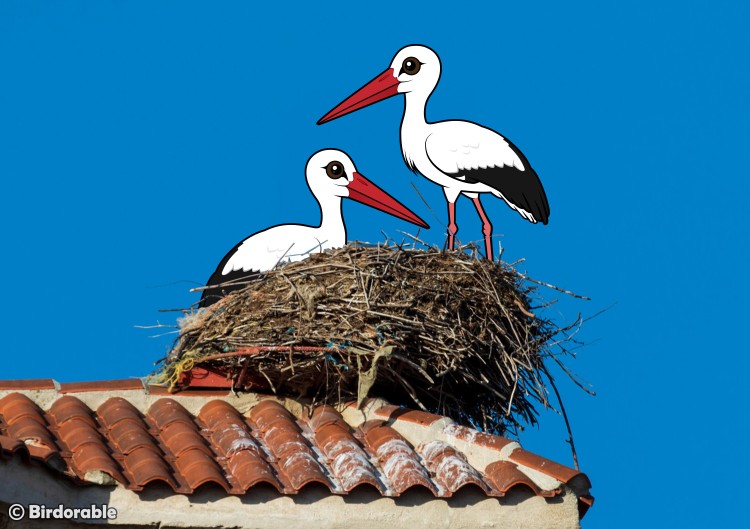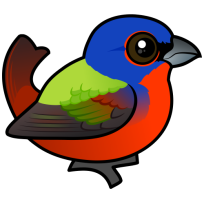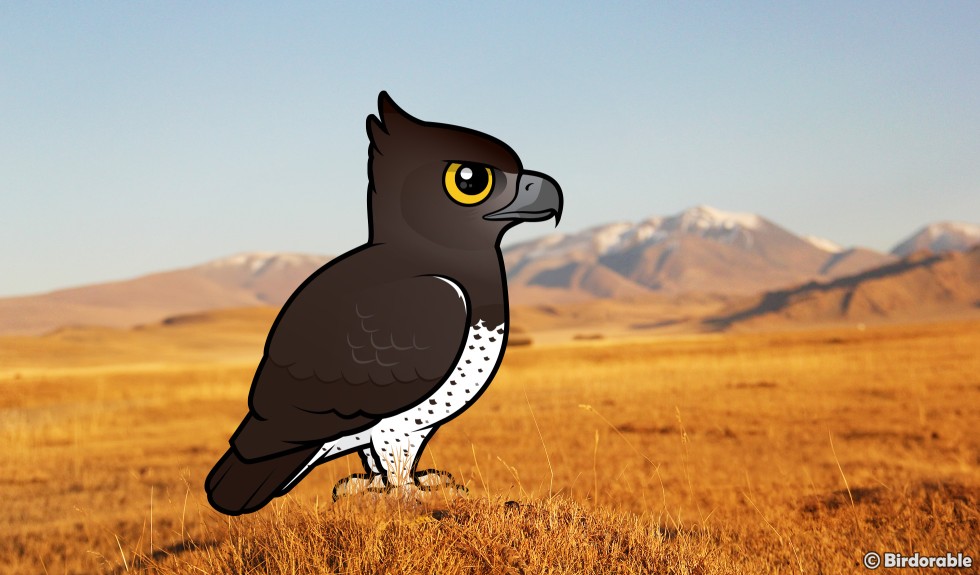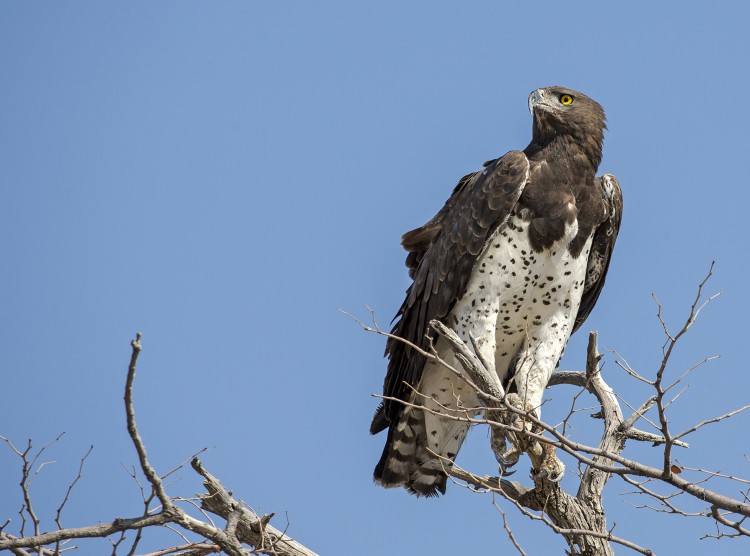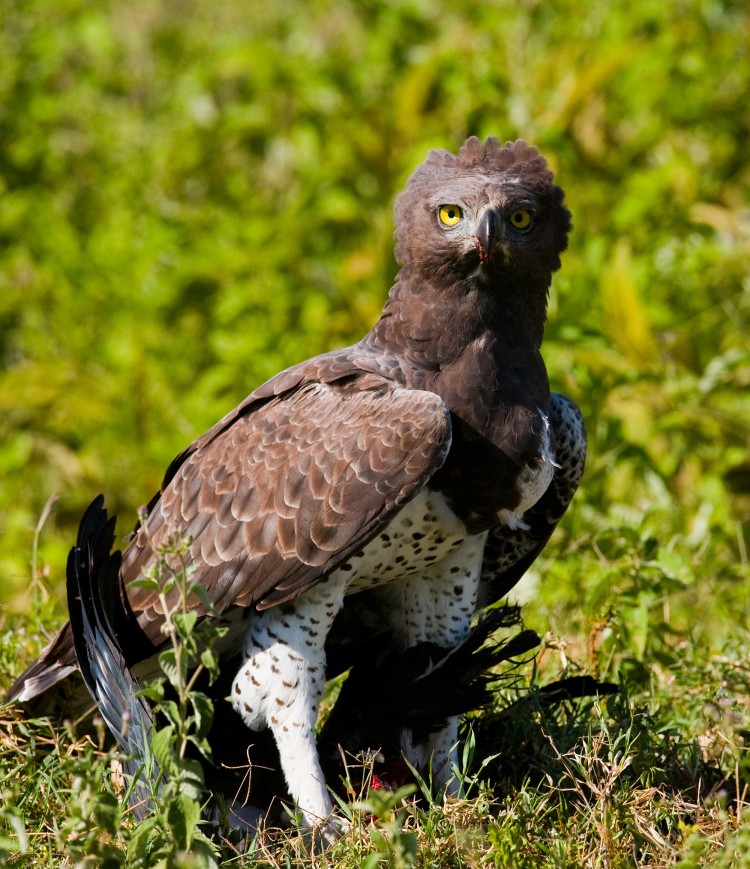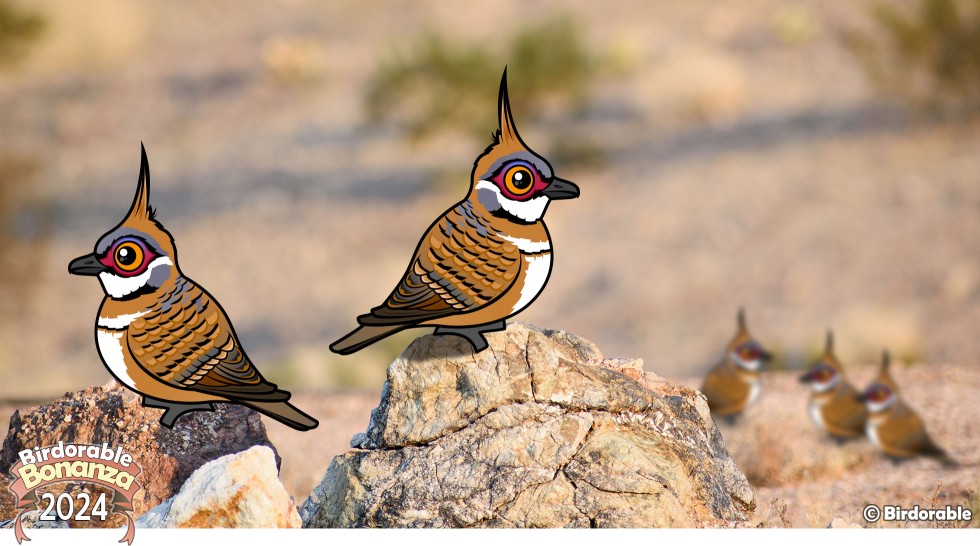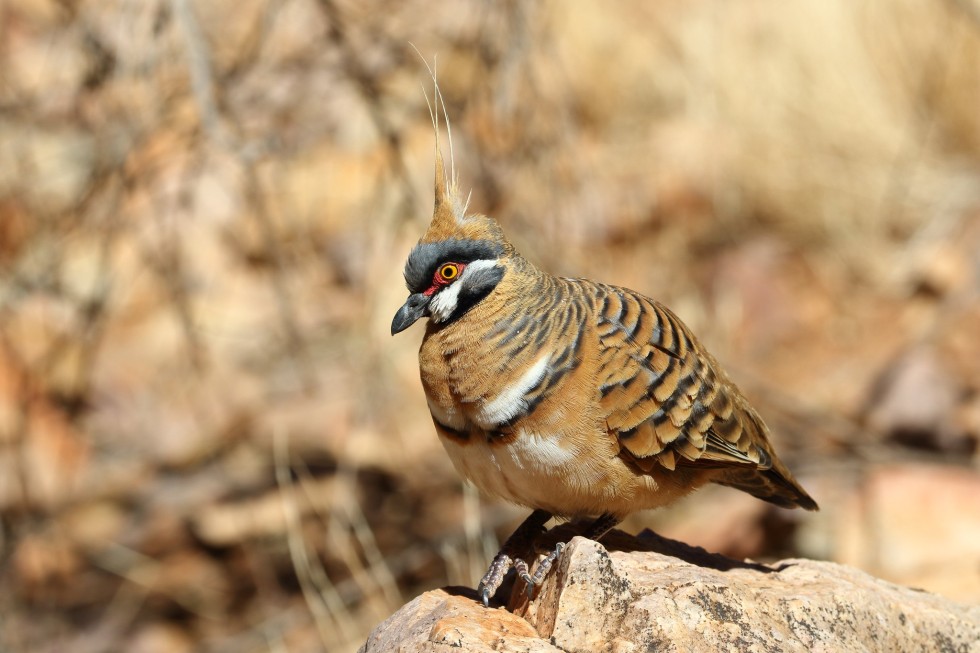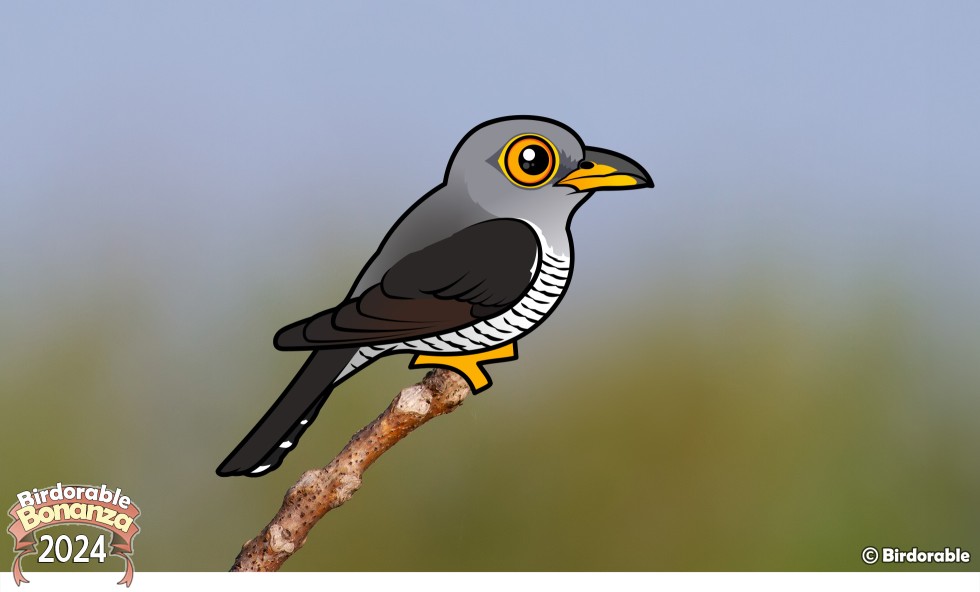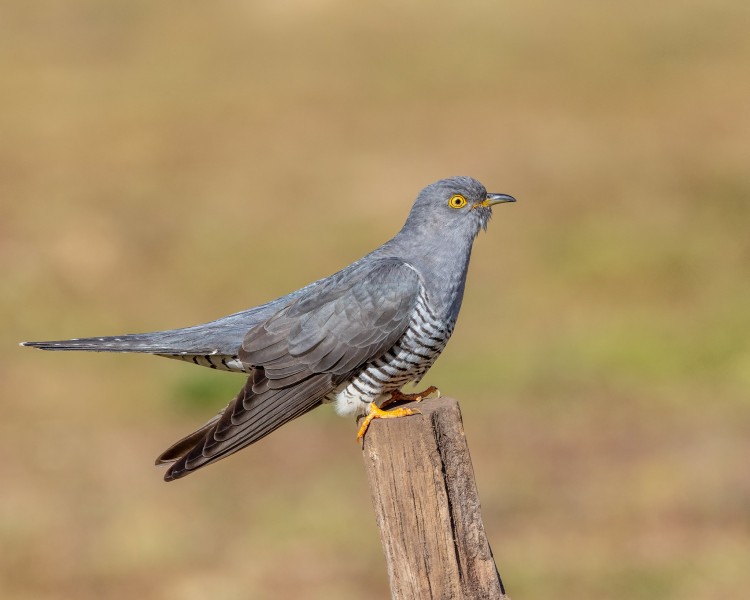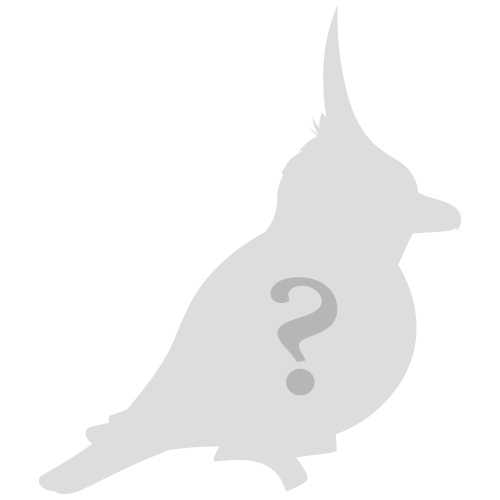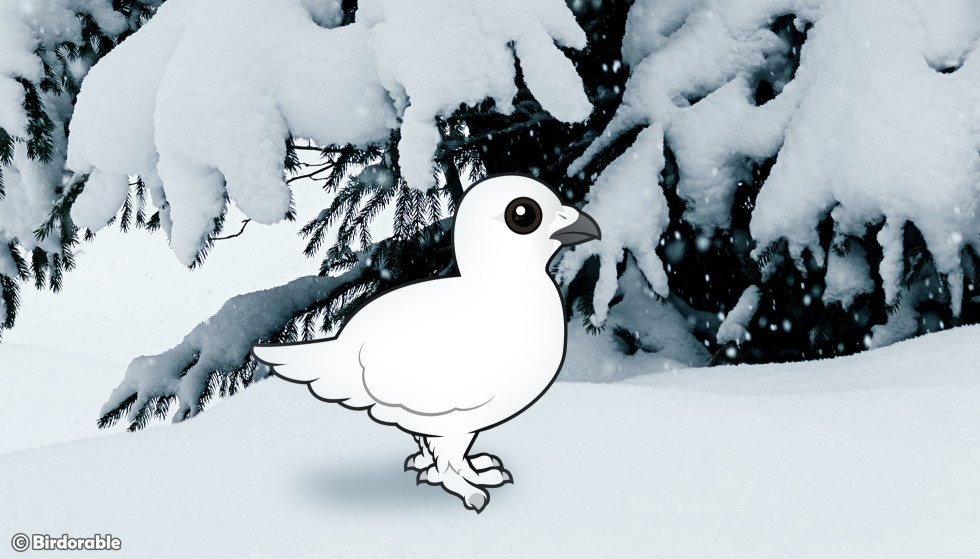
Some birds have an incredible trick for surviving the winter: they change the color of their feathers to blend in with snowy landscapes. This seasonal camouflage helps them avoid predators and stay warm in harsh environments. One of the most famous examples is the Rock Ptarmigan.
Rock Ptarmigans are experts at blending in. Found in Arctic and alpine regions, these birds molt twice a year. In summer, their mottled brown plumage blends with rocky terrain, while in winter, they switch to pure white feathers that match the snow. This transformation isn't just for looks—it also provides insulation, helping them conserve body heat in freezing temperatures.
The Willow Ptarmigan, closely related to the Rock Ptarmigan, also changes its feathers seasonally. Unlike its cousin, it has a thicker body and a reddish-brown upperparts on its summer coat. Males keep white underparts all year long; in winter, its white plumage extends over its whole body. Even its feet are feathered, acting like natural snowshoes to help it walk on snow.
Snow Buntings don’t turn entirely white, but develop paler plumage in winter. Though less dramatic than the ptarmigans' transformations, this subtle shift helps them better blend into frosty surroundings.
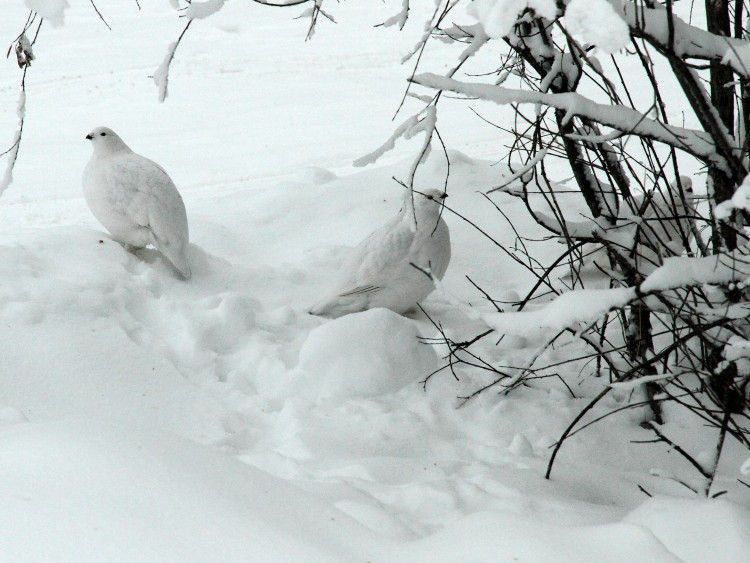
Willow Ptarmigans in winter by Mike Tidd [CC BY 2.0]
Birds aren’t the only animals with this winter wardrobe trick. The Arctic Fox is another master of disguise, trading its summer coat of brownish-gray for a thick, white pelt in winter. This helps it blend into snowy landscapes while staying warm. Similarly, the Snowshoe Hare transforms from brown to white, hiding from lynx and other predators. Even certain weasels, like the stoat or ermine, turn white in winter, retaining only a black-tipped tail.
Why do so many Arctic animals change color? It’s all about survival. Camouflage keeps predators and prey alike one step ahead in the harsh, unforgiving Arctic environment. As with birds, the transformation is linked to seasonal changes in daylight and temperature.
Unfortunately, climate change is disrupting this natural cycle. Warmer winters with less snow mean animals with white winter coats stand out against brown or gray backgrounds, making them easier to spot by predators. Protecting these species and their habitats is essential to help them continue thriving in a rapidly changing world.
The next time you see a photo of a perfectly camouflaged ptarmigan or a flock of Snow Buntings, remember the amazing adaptations that keep them safe and warm in winter’s harshest conditions.










